
The screw has a blunt, sharp metal tip with helical threads surrounding its long shaft and a slotted head. It is employed by twisting it on the surface of the object. Screws are types of fasteners that are used with tools like hammers and screwdrivers to hold things together.
Any builder or architect can tell you how important the different types of screws are. These objects are crucial in any building site, whether for a home or a business. But these quick fasteners are often seen as the least important tool in home improvement, even though they are essential.
Screws come in many different shapes, sizes, materials, and uses. This makes them reliable and valuable fasteners. So let’s talk about the different kinds of screws.
Wood Screws
Wood screws are probably the type of screw that most people know. They have a smooth shank and tapered point, making them perfect for going through wood. Most of the time, brass, steel, or bronze are used to make a wood screw. They come in different sizes, so they can fit together well and be easily controlled.

Usage:
They join two pieces of wood together in basic wood construction and woodwork projects.
Advantage:
- Because the tips are so sharp, they can quickly start and pierce the material.
- They are easy to use and don’t cost much.
- They are much stronger than nails so they won’t budge like nails.
Machine Screws
A machine screw is a fastener with a socket in its head that allows it to be turned with a screwdriver. Their heads can be flat or round, but they usually don’t have sharp points. Machine screws come in almost every material, like nylon, brass, carbon steel, and stainless steel. These screws come in different sizes but mostly in small sizes.

Usage:
Their pointed ends are usually used to connect metal parts. Machine screws are used in many different fields, like electronics, engineering, and manufacturing, to hold parts of machines together.
Advantage:
- Because they are small, they can be used in a broader range of situations.
- They deliver accurate, neat work.
Sheet Metal Screws
Sheet metal screws have a fine thread along the shank and a point at the end. Sheet metal screws can hold two pieces of sheet metal together or connect sheet metal to other kinds of metal, like tubing. There are different sizes of these screws, such as flat, hex, and round.

Usage:
They are used to attach different things to sheet metal. We can attach wood, plastic, or even other pieces of metal to a piece of sheet metal with sheet metal screws.
Advantage:
- The good thing about these screws is that they can penetrate very well.
- They don’t rust and hold better than most screws.
Self-Drilling Screws
A screw with a sharp point and sharp threads that cut into the hole when it is put in. Self-drilling screws are a type of self-tapping screw with a drill bit on end. This means that they don’t need a pilot hole to be placed in.

Usage:
It is used for drilling quickly into metal or wood. These are also the screws that can be used to cut machine threads with a thread-cutting tip. But there are a lot of different ways to set them up, which makes them great for uses like construction and industry.
Advantage:
- It is safe and easy to set up.
- It keeps a tight grip on things.
- Serves as a long-term choice that will last.
Threaded Screws
Threading is something that all screws have, and that can be used on a wide range of surfaces and things. But some screws only have some threads, while this one is fully threaded. Fully threaded screws have a shaft, a head, and a tip. Partially threaded screws have a shaft that isn’t completely covered and a tip.

Usage:
These screws are used to hold the objects which need a better and unmovable grip.
Advantage:
- It gives the object more strength and a better hold on it.
- It makes it easier to join two heavy things together.
- It is made to last a long time.
Hex Cap Screws
Hex cap screws are large bolts with a flat hexagonal head and threads that can be used with a nut or a tapped hole. The flat washer under the screw head provides precise application of these screws.
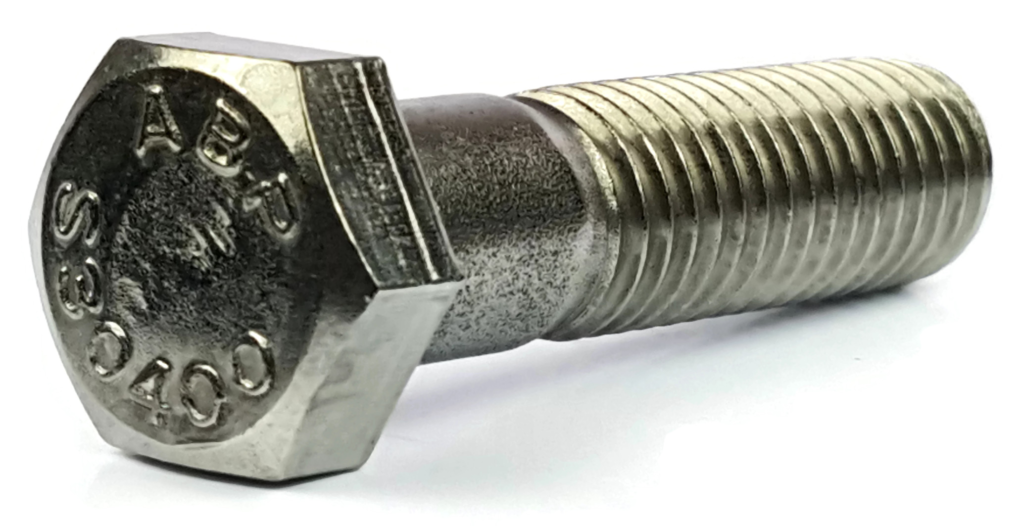
Usage:
These types of fasteners are used to join metal and wood together. Most of the time, these are used in docks, bridges, buildings, and road infrastructure. Because the steel threads are narrow, they are great for fixing things inside the house.
Advantage:
- They have lever-arch systems that let you use more force to tighten things.
- To put them in, you can use simple keys.
- It can hold up more weight.
Lag Screws
Most lag screws have a hexagonal head and are made for high-impact situations. Most of the time, you’ll find these screws on decks and sidewalls that hold wood. Most of them are made of high-carbon steel on the inside and zinc on the outside. Lag bolts usually need a hole that has already been drilled and extra tools to put in.
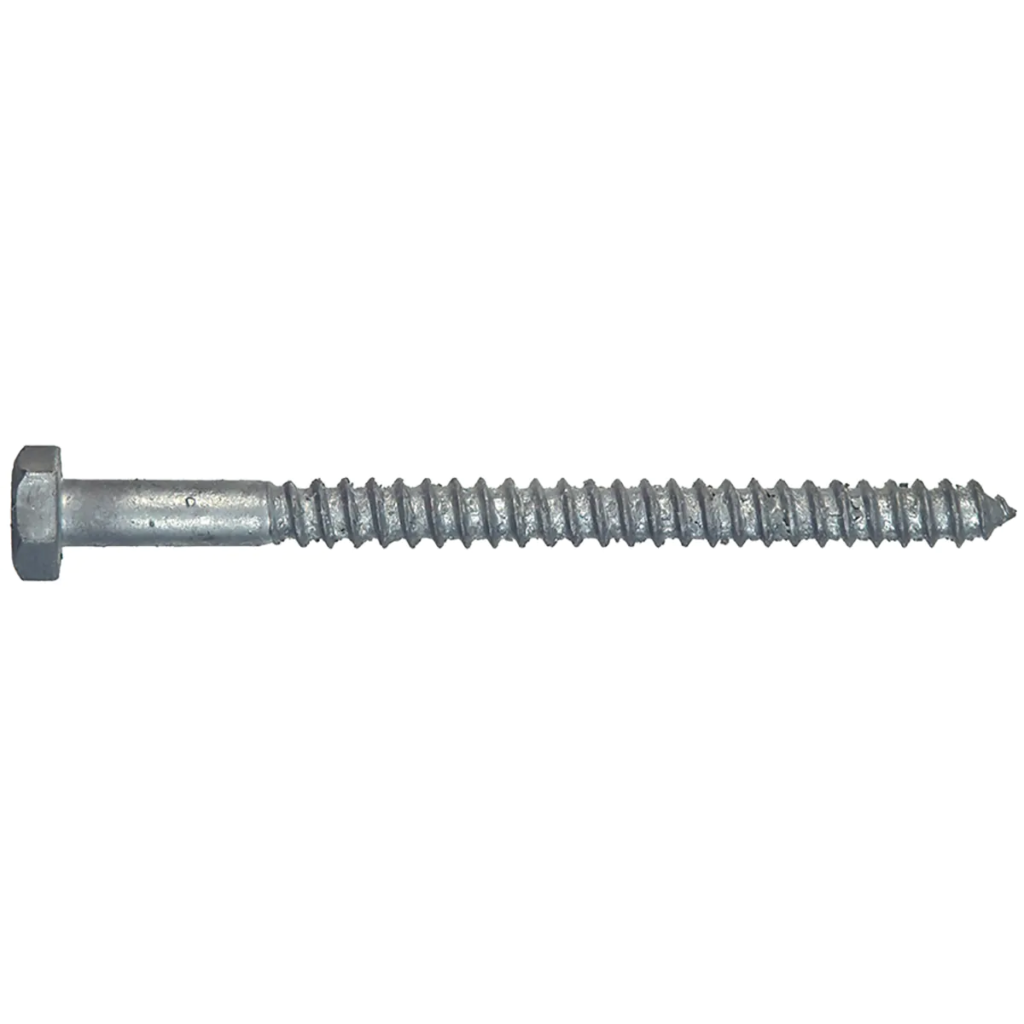
Usage:
They connect heavy lumber or other heavy materials that have to hold a lot of weight. Most of the time, the screws are much heavier than normal wood screws.
Advantage:
- The long lag bolt provides a strong connection.
- Their spherical heads are tamper-proof, making them perfect for public outdoor buildings.
Weld Screws
For a nut and washer to hold an object, they need to be welded to a metal surface with a shaft. First, the screw is joined to the plate by using a strong electrical pulse to melt a specially-made spot on the screw and then on the plate. You can get them with low carbon, stainless steel, heat treatment, or plating.

Usage:
Most of the time, these kinds of screws are used in the automotive, industrial, marine, building, cookware, and aerospace industries.
Advantage:
- You can use them to get a good hold on something.
- They stop foreign substances from leaking into the environment and making it dirty.
- They are a great way to build a relationship that will last a long time.
Binding Screws
Binding screws are made to hold parts together, like when making an electrical connection or holding a glass lampshade in place.

Usage:
It can be used with color charts, swatch books, catalogues, fabric swatch books, and albums, among other things. You can hang the pattern book neatly and easily if you use grommets or hangers.
Advantage:
- The benefit is that they are not permanent, so you can change your catalogs.
- It can be used with a variety of accessories, such as extension pieces, binding screw sample strips, spacers, hanging loops, top caps, and washers.
Socket Screws
Socket screws have a hexagonal drive built into the head. They are often called Allen Heads because they are tightened with a hex Allen wrench. This fastener is used in many situations that require a strong bolt or screw. Since there is less space needed to put a wrench on a socket screw than on a hexagonal nut and bolt, it is often used in tight tolerance applications where space is limited.

Usage:
They can be used in places where external dampening fasteners are not wanted.
Advantage:
- These kinds of screws are very durable and strong.
- They also won’t rust or corrode very easily.
- They make sure the finish is nice and looks good.
Set Screws
Set screws are often used to add more security to an object. They are also called “grub screws.” The object can be attached from the inside or with another thing. It stands out from other screws because it doesn’t have a head. You can see machinery threads all over its body and in more than one place. It is vital to keep an internal wrenching drive when putting the screw in and making sure it is tight.

Usage:
Set screws are used to hold things together or against other things. For example, a set screw can be used to keep a gear or pulley on a shaft.
Advantage:
- The best thing about installing it is that you can use it again and again without damaging the threads.
- You don’t need to be an expert or know anything about angles to do it.
- Sounds and vibrations don’t bother it.
Pan Head Screws
These have flat heads with two rounded sides and are mostly used as machine screws. They come in different shapes and sizes. Most of them are made of zinc covered in steel, which keeps them from rusting and makes them last longer.
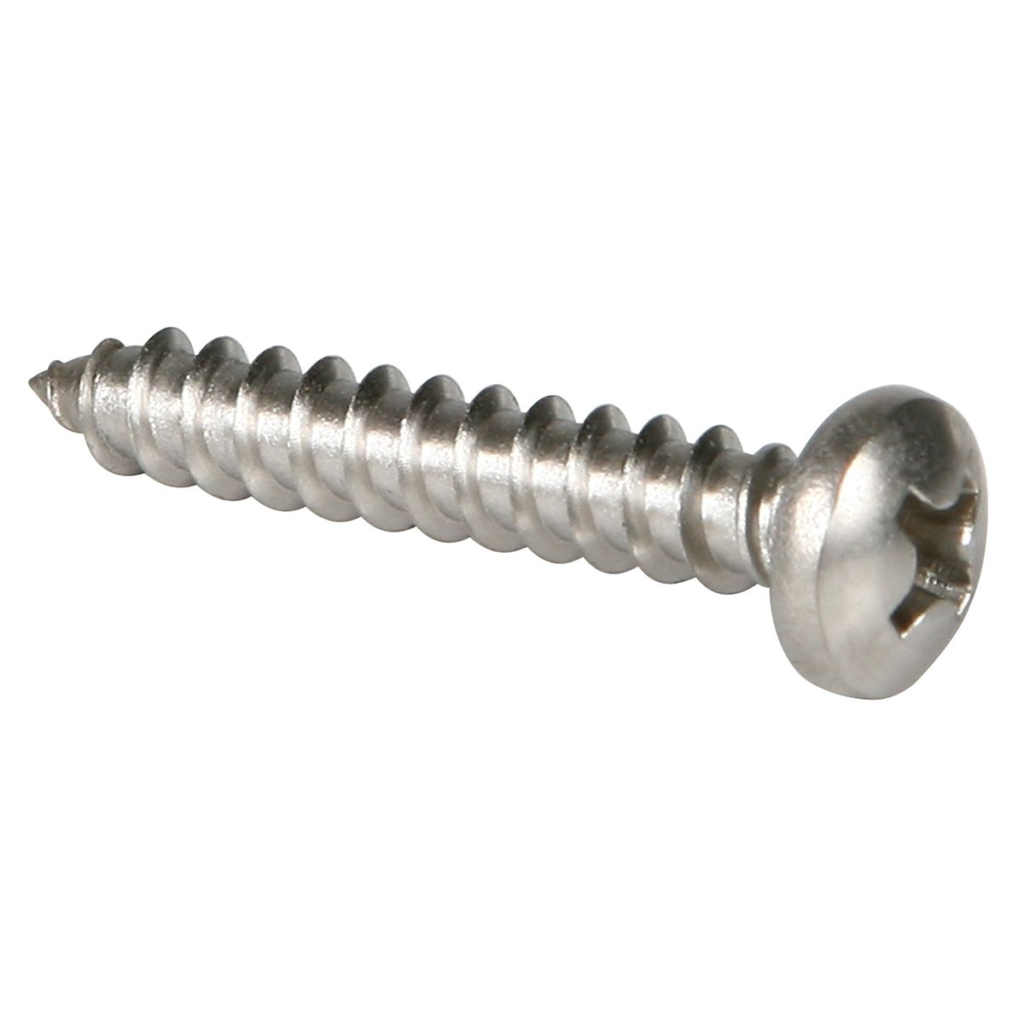
Usage:
It is usually used to attach metal parts where the tapered side stays on the underside of the head, and only a screwdriver is needed. They are usually used in cabinets, bumpers, desks, and braces.
Advantage:
- Ensures that the machinery’s components stay put.
- It can be used to make electro-hydraulic servo valves.
- Resistance from corrosion.
Particle Board Screws
Particle board screws are threaded all the way through their length. This kind of screw is made for composite wood like craftwood or particle board with a laminated surface. Particle board screws are like drywall screws, but they are shorter than regular drywall screws.

Usage:
Cabinet makers use these screws in their work at home and in businesses.
Advantage:
- These screws have a longer thread, which gives them a better grip and a stronger pulling force.
- Because they are light, they are easy to carry and handle.
Square Head Screws
Square head bolts are similar to hex cap screws, but their heads are square instead of hexagonal. They are also called bolts and screws, and you need a wrench to use them. Some of the threads on these screws run along a shoulder under the head. The size of the head of a square head bolt is based on what the screw is used for.
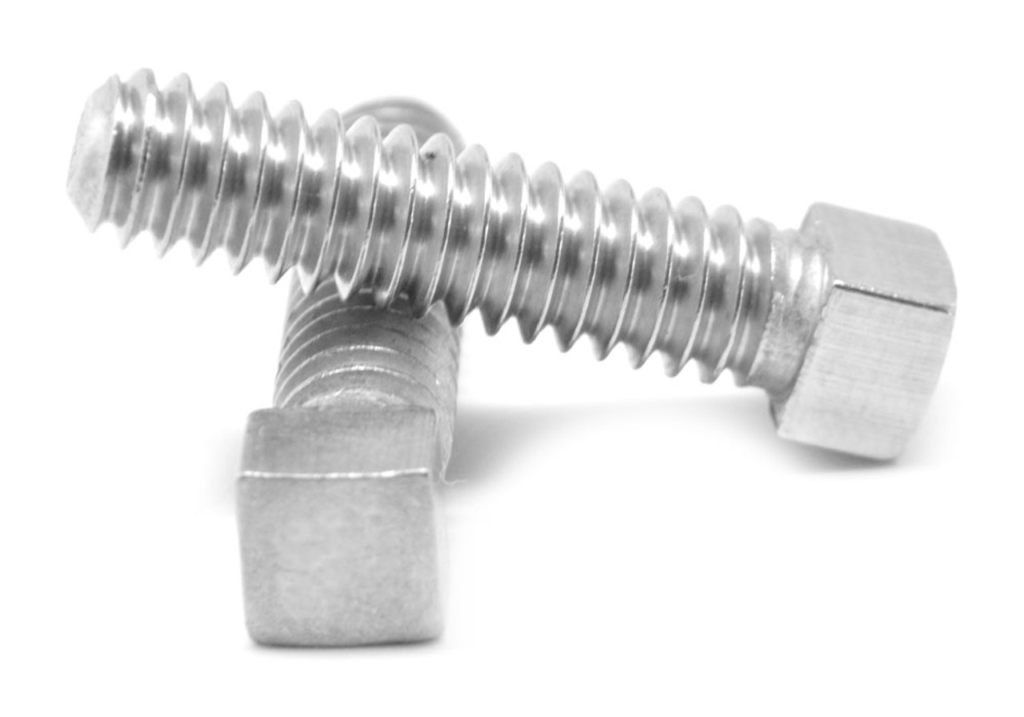
Usage:
This kind of screw is used to tighten both the nut and two other pieces. Before hex bolts became important, square head screws were the standard.
Advantage:
- They also keep you from slipping or falling.
- Cam-out is less likely to happen with square head screws.
Double-Ended Screws
Double-ended screws are easy to spot because they don’t have a head. To fasten two pieces of wood together, they are put into two pilot holes that have already been drilled. To put the screws in the holes, you can use a driving tool or locking pliers. After they are put in, these screws are not meant to be taken out. Damage to the pre-drilled holes can make it hard to put the furniture or object back together.
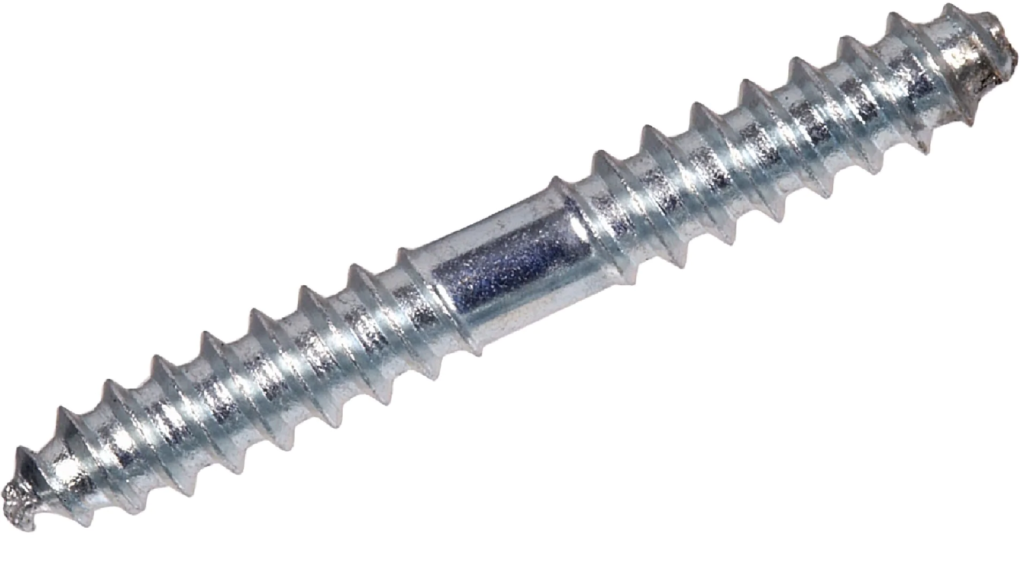
Usage:
They are used to make a lot of different kinds of furniture, and they are often included in pre-made desk, table, and bookshelf packages so that you can put together your new desk, table, or bookshelf quickly.
Advantage:
- It ensures immovable joints.
- It doesn’t show where the pieces fit together.
How To Choose The Right Screw?
Because there are so many different kinds of screws, it can be hard to choose the right one for your project. First, think about the material you are working with. This will help you shortlist the options. The right kind of screw should also protect the materials it is used to join. This means that the screw should have the right size head, length, and threads so that it doesn’t split wood, poke holes in drywall, or make metal slip.
Screws are made to hold on to the target material, so they need to be strong and hold on well. If the screw can’t go through the target material or doesn’t grip it well, it’s not a safe choice. For example, you shouldn’t try to use a wood screw in concrete. Choose the right screw for the job to eliminate risks and safety worries.



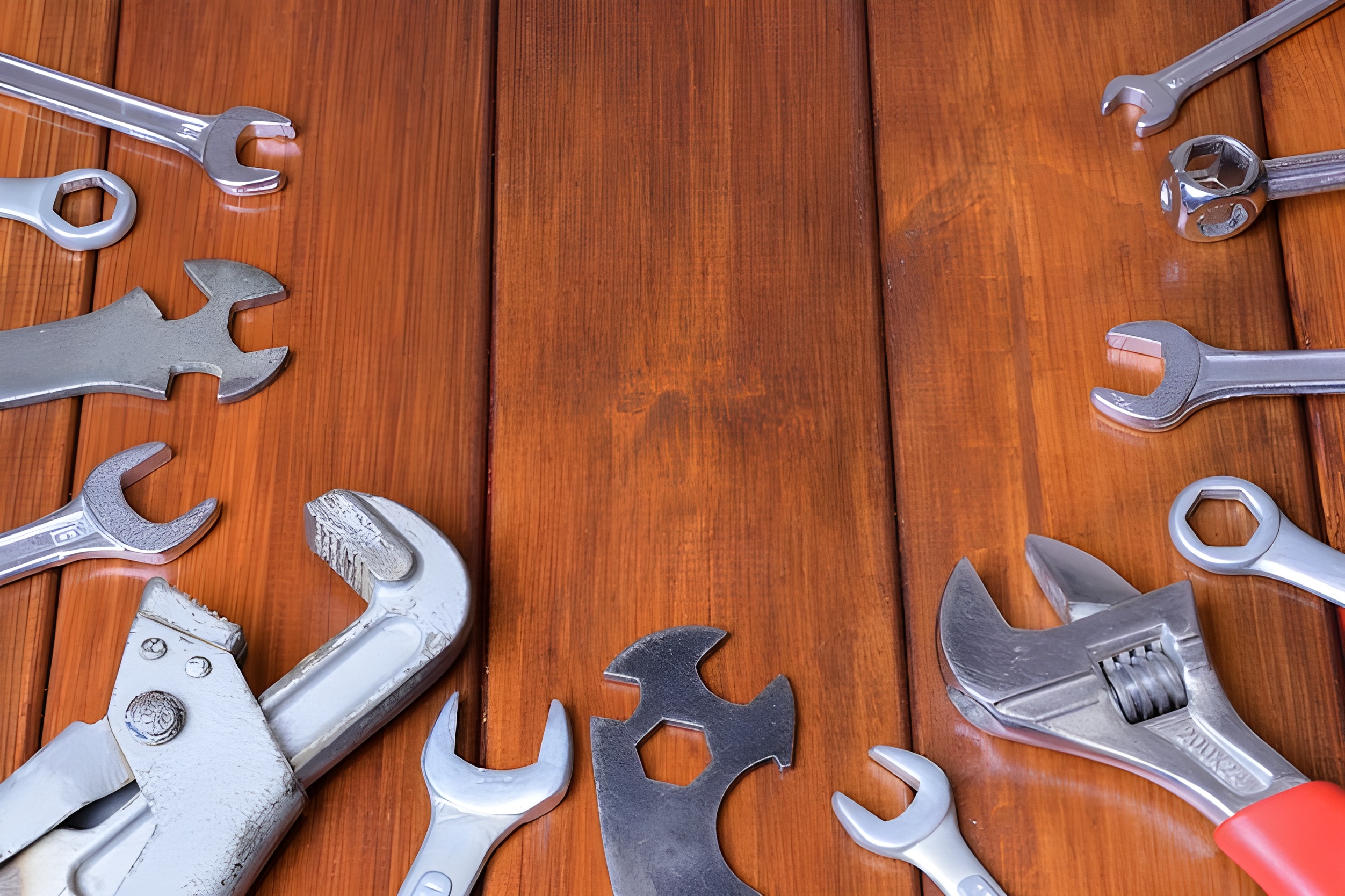
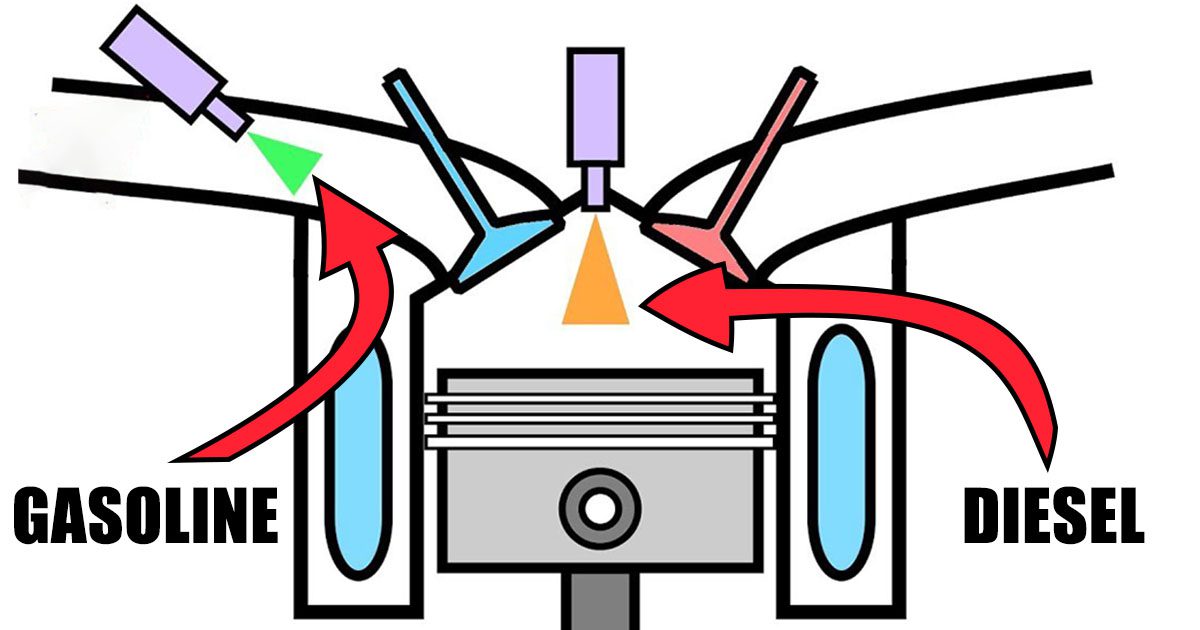
can i see a flat head screw